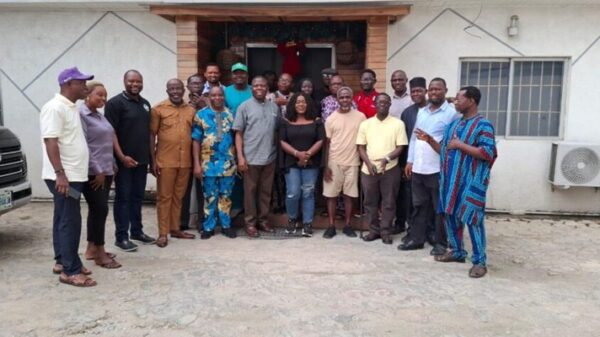Think about your favorite streaming service handling tons of users, each having their own stuff, or a store processing crazy amounts of checkouts every second without failing. That’s what it means to build software that can handle way more than just one computer or place.
Chukwubuikem Onwukwe, a senior software engineer, is a pro at this. He’s all about creating scalable systems, making the plans for apps that can smoothly deal with huge, worldwide demand.
One big thing he does is use microservices. Instead of one huge app, Chukwubuikem makes systems out of smaller, separate services. Each one has its own job, making the whole thing easier to manage and change as it gets bigger.
These microservices communicate using events. Services send out events that others can subscribe to. This lets them work at different times and makes things more stable. If one service goes down, the others keep working, so the system doesn’t fail.
To keep everything in order, Chukwubuikem uses Domain-Driven Design (DDD). This organizes the software around the business it supports, so each service’s code matches a certain business task. This makes the system’s purpose clear.
There’s a rule in distributed systems called the CAP theorem. It says that a data store can only guarantee two things out of these three: that it’s consistent, always working, and can handle disruptions. Chukwubuikem carefully figures out what to prioritize, knowing that perfect consistency isn’t always needed for huge apps.
That’s where eventual consistency comes in. It means that data will eventually be the same across all services, but not right away. This keeps the system available and able to handle issues, which makes for a better user experience.
Chukwubuikem uses CQRS (Command Query Responsibility Segregation) to make things run faster. It splits up the system for writing data (commands) and reading data (queries). This lets the read and write parts be scaled and made faster on their own, which is great for apps that use reading and writing differently.
Using these ideas is how platforms like Netflix and Amazon work so well. Their systems are made to grow without limits, handling crazy spikes in demand without slowing down or crashing.
Basically, Chukwubuikem’s work is important because he’s building the stuff that makes our digital world tick. He’s creating reliable systems that can handle anything. His skills in these patterns are what make an app strong and a platform awesome.
![]()



























































